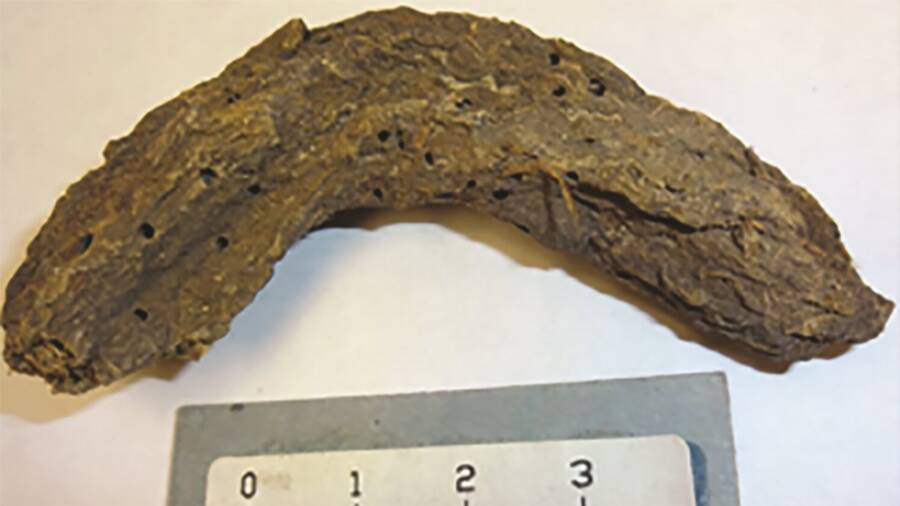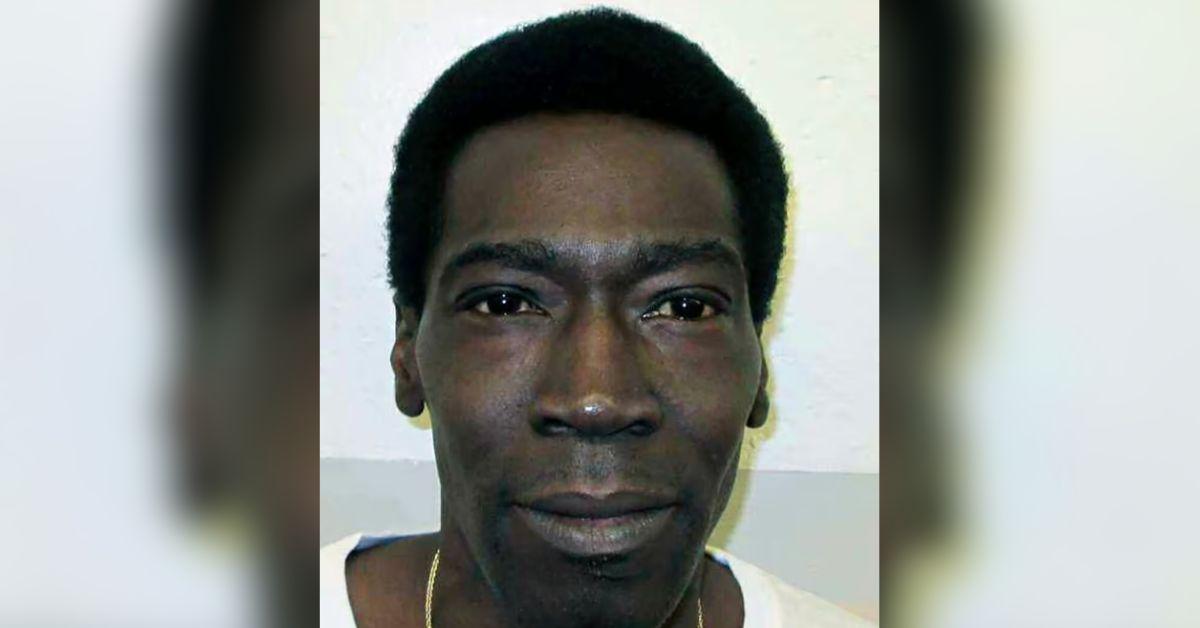“Unearthed Secrets: The Shocking Discovery of Pharaoh Thutmose II’s Hidden Tomb Near Luxor!”
Latherland added that the archaeological excavation of the site will continue for at least two more years as the team hopes to uncover more of the region’s ancient secrets.
The Little-Known Story Of King Thutmose II

National Museum of Egyptian CivilizationThe mummified remains of Thutmose II and the sarcophagus in which they were found.
Thutmose II was the fourth pharaoh of Egypt’s 18th Dynasty, ascending to the throne around 1493 B.C.E. The exact length of his reign is debated, however, with some historians suggesting it could have been anywhere between three and 18 years.
He was born to King Thutmose I and a secondary wife, Mutnofret, securing his own position as his father’s successor by marrying his half-sister Hatshepsut, the daughter of Thutmose I and his principal queen Ahmose. Hatshepsut and Thutmose II had one daughter, Neferure, and the king fathered his own successor, Thutmose III, with another woman of his harem.

Wikimedia CommonsA relief of Thutmose II.
During his short reign over ancient Egypt, Thutmose II achieved some fairly modest accomplishments, including minor military campaigns and a few architectural projects. He quelled a rebellion in Nubia, dispatching his army to suppress the uprising and maintain control over the southern territories, and also addressed unrest in the Levant and led a campaign against the Shasu Bedouins in the Sinai Peninsula.
He commissioned a limestone gateway at Karnak, which was later dismantled and repurposed by subsequent pharaohs. Other construction attributed to his reign include structures at Semna, Kumma, and Elephantine. However, many of his monuments were later usurped or modified by Hatshepsut, whose reign greatly overshadowed her late husband’s.
After Thutmose II’s death, Hatshepsut assumed the role of regent for the young Thutmose III, though she eventually declared herself pharaoh and ruled effectively for more than two decades. Her own legacy was then scrubbed from much of the historical record by Thutmose III and his successor Amenhotep II, likely to undermine much of what the queen had achieved.

Wikimedia CommonsA statue of Queen Hatshepsut.
Unfortunately, these efforts also inadvertently diminished Thutmose II’s historical prominence, leaving many questions about the ancient king’s reign. Even the circumstances surrounding his death circa 1479 B.C.E. remain a mystery.
When Thutmose II’s body was discovered in 1881, there were certain indications that he had likely suffered from significant health issues. His body exhibited signs of a skin disease, with patches and scars, and he appeared to be physically frail. By most estimations, he died in his early 30s.
Now, at least, archaeologists can say with certainty where Thutmose II was originally buried — and perhaps more pieces of this ancient puzzle will soon come together.
After learning about the discovery of King Thutmose II’s tomb, learn all about the incredible history of King Tut’s mask. Then, read about the alleged King Tut Curse that supposedly killed nine people.



















